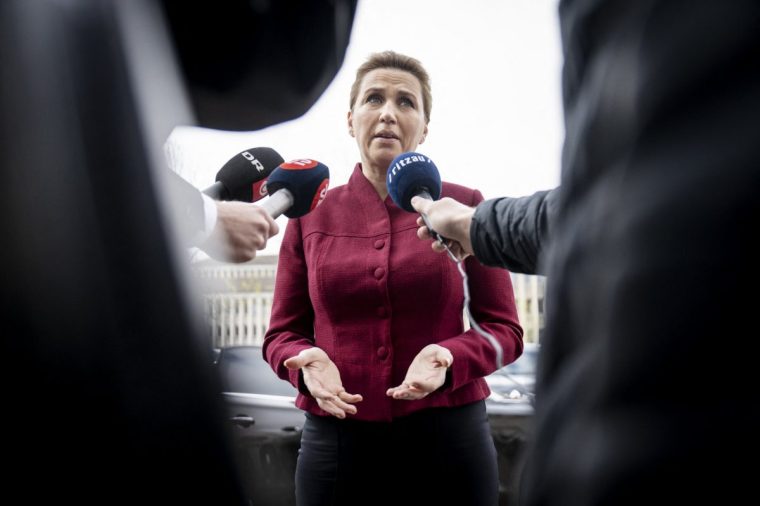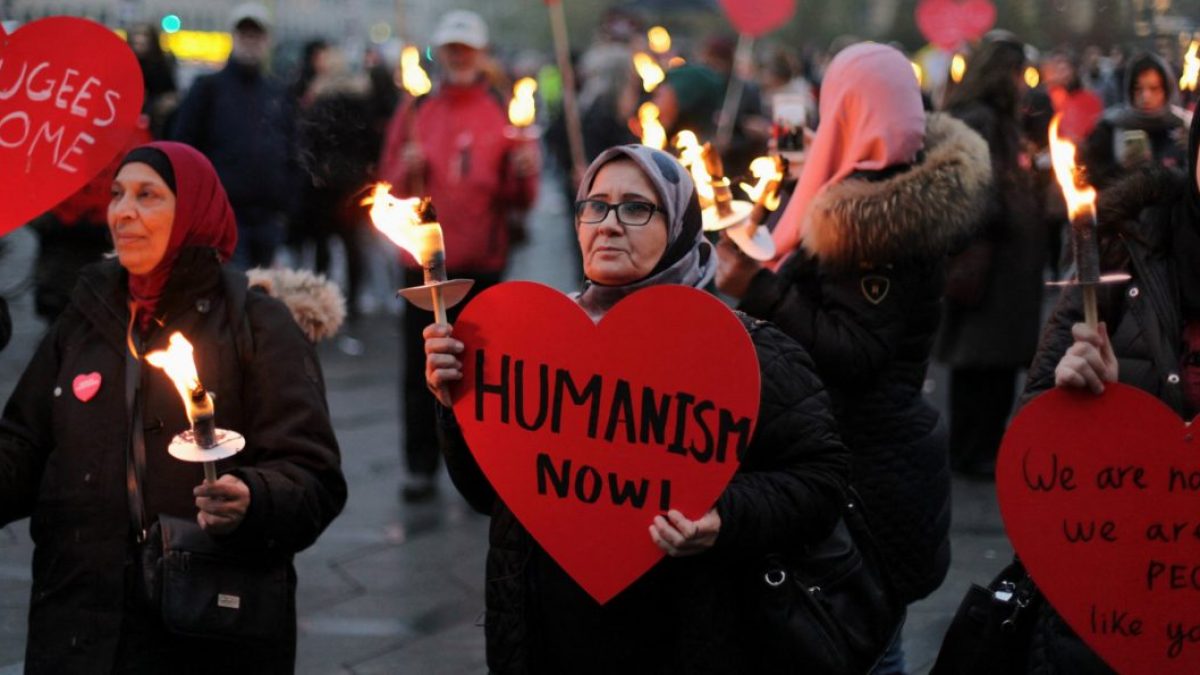Once proud of their humanitarianism, many Danes now view newcomers less as neighbours and more as numbers to be managed
For decades, Denmark was seen as the liberal conscience of Northern Europe – the land of hygge, Lego and a generous welfare state. Today, it is also the country with one of Europe’s harshest migration regimes, crafted not by conservatives but by the Social Democrats.
Prime Minister Mette Frederiksen’s government has proved that a centre-left party can be ruthlessly restrictive on immigration – and politically rewarded for it. Yet the question troubling even Danes is whether this has made their country crueller.
Denmark’s “zero” approach to asylum has become a model admired by leaders far to its right.
New FeatureIn ShortQuick Stories. Same trusted journalism.
Refugees are offered only temporary residence permits, often reviewed every year. Families are split by limits on reunification, and neighbourhoods with high proportions of “non-Western” residents face demolition or forced sale under “Ghetto Package” laws targeting so-called parallel societies.
In 2021, Copenhagen even proposed sending asylum seekers to Rwanda, a plan that failed legally but inspired imitators elsewhere in Europe, including Britain.
The purely statistical results are clear: the inward flow has slowed to a trickle. Denmark is a country of six million, where about one million are foreigners or have immigrant backgrounds. But figures show asylum numbers have dropped sharply since 2015, far below most EU countries.
Denmark’s government has defended its stance as pragmatic, while arguing that migration’s burdens fall hardest on the poor – on struggling suburbs where social cohesion is fragile. Better to keep numbers low and integration strong, say the Social Democrats.
 Prime minister Mette Frederiksen at the opening of an international migration conference in Copenhagen, Denmark, on 6 May, 2024 (Photo: Mads Claus Rasmussen/Ritzau Scanpix/AFP via Getty)
Prime minister Mette Frederiksen at the opening of an international migration conference in Copenhagen, Denmark, on 6 May, 2024 (Photo: Mads Claus Rasmussen/Ritzau Scanpix/AFP via Getty)
The tactic has also neutralised the populist right: the Danish People’s Party, once an influential anti-immigrant movement, is now a minor force. Frederiksen’s blend of social spending and border toughness has proved electorally potent, keeping her in power while her left-leaning counterparts across Europe fell to conservatives or populists.
Even so, many say these successes are Pyrrhic victories.
The restrictive turn was “a zero-sum game”, said Kristina Bakkær Simonsen, an associate professor of political science at Aarhus University.
She said that while it won over voters from the right, it drove away progressives, forcing Frederiksen to rely on smaller left-wing parties for support. “It serves as a warning that you cannot win over anti-immigration voters without simultaneously losing those who are pro-immigration. In a less flexible party system than the Danish one, this can be catastrophic,” she added.
Moreover, the human consequences have been stark. Immigrant poverty has risen in Denmark, naturalisation rates are among Europe’s lowest, and political trust among minority groups has eroded. Immigrants are also less engaged in society.
A comparative study of Sweden, the Netherlands, and Denmark from 2021 found that after 21 years of residence, just 37% of immigrants in Denmark have become citizens — far below the 67% in the Netherlands and 80% in Sweden, where naturalisation rules are easier.
“If the aim was to reduce arrivals, then yes, it has worked,” said Eva Singer, the Danish Refugee Council’s Head of Asylum.
Contradictions run deeper. Like other ageing European societies, Denmark faces acute labour shortages – in healthcare, construction, logistics and green technology. Business groups are pleading for more migrant workers, while trade unions fear wage dumping.
Despite this, the political competition to appear tough leaves little room for nuance. Even some students admitted to Danish universities from Bangladesh have become a political controversy, largely, critics say, because they are Muslim.
Frederiksen insists her government’s goal is to protect the welfare state, not dismantle it. But the cost has been a hardening of tone and a chill in the national conversation. Once proud of their humanitarianism, many Danes now view newcomers less as neighbours and more as numbers to be managed. “The rhetoric has become so harsh that things are said now which would have been unthinkable ten years ago,” Singer said.
Meanwhile, other European countries are edging in the same direction – Germany, Italy and France are flirting with offshore asylum centres and “safe third country” processing.
In May, the European Commission proposed a new “safe third country concept” to formalise such schemes, which was denounced by Amnesty International as “a cynical attempt to downgrade rights and offload asylum responsibilities”.
Denmark’s experiment looms large in these conversations. It shows that tough policies can cut migration and win elections. It also shows, as Singer puts it, that “you can make your borders stronger, but you make your society weaker”.
The country that built its identity on social warmth may yet discover that in closing its doors, it has also closed its heart.

